
A strong earthquake, measuring 5.8 on the Richter scale, hit deep below the ocean floor near Oregon on September 8, 2025. The shaking could be felt from Portland down to smaller southern towns. According to the U.S. Geological Survey, the quake’s center was over 100 miles from Port Orford and not too far below the surface, which made it especially noticeable.
It started a quick chain of more than a dozen smaller quakes in the next 24 hours. The chance for more shakes stayed high, and residents were left worried and alert in the days that followed.
Coast Feels The Shakes
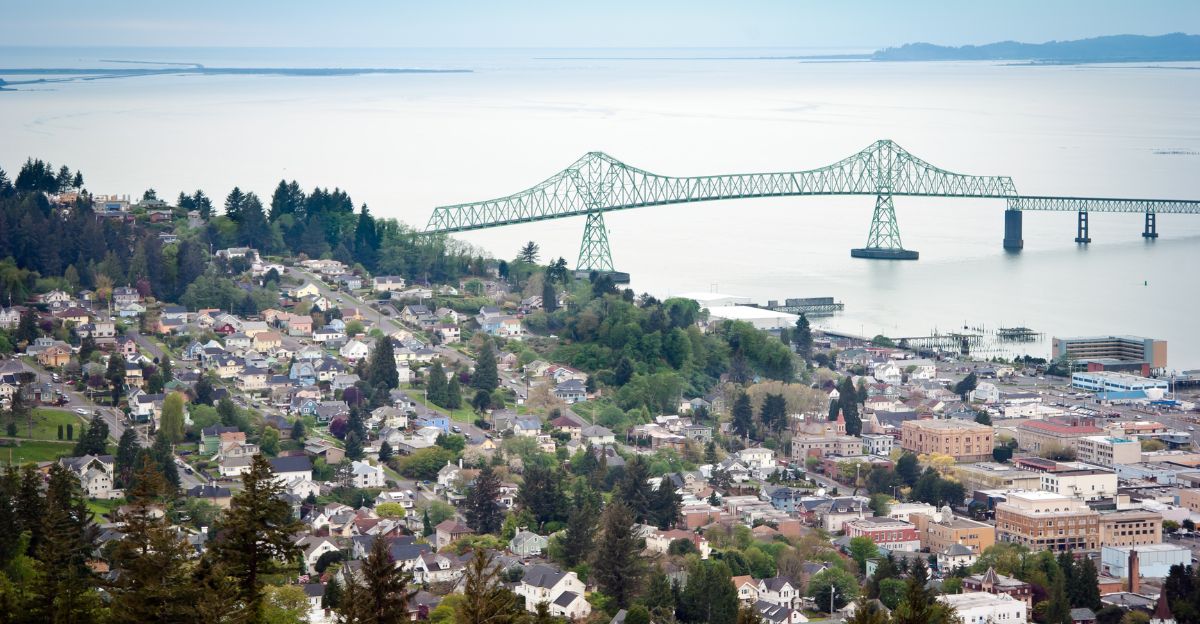
All night, people living in coastal towns reported feeling weird vibrations in their homes. Emergency teams got calls about things rattling, but reassured everyone that there was no major damage or injuries to report. The area’s older buildings and infrastructure kept scientists on watch for possible problems.
Community leaders urged everyone to check their emergency plans, reminding folks, “Preparedness is the best defense against sudden events like this.”
Quake Swarm Explained
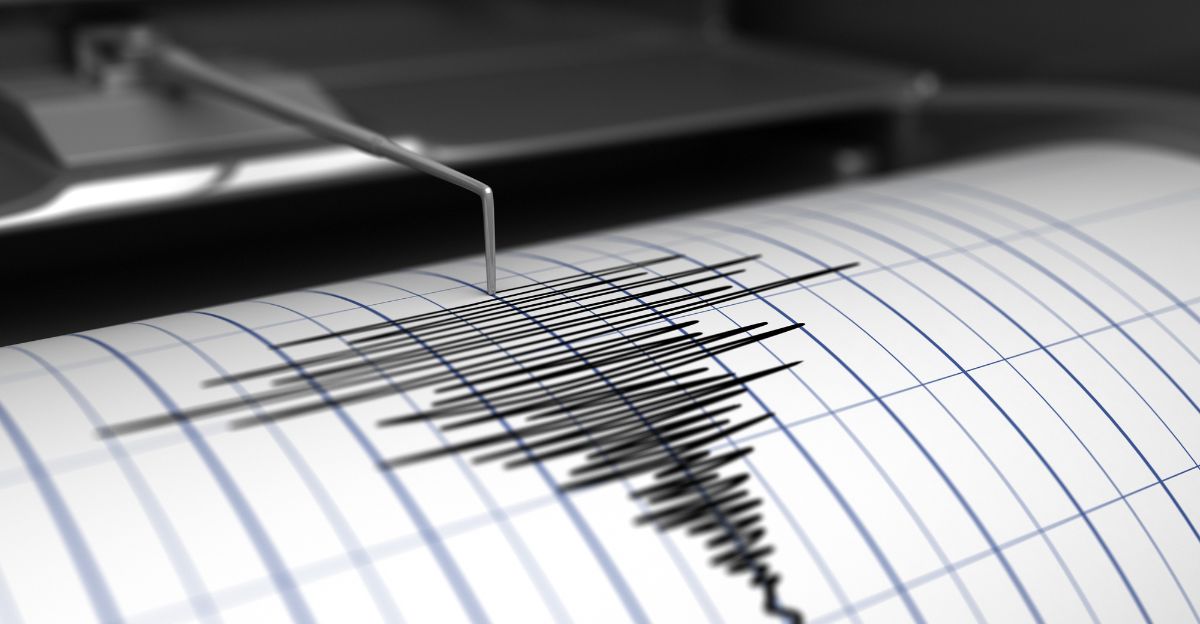
By Tuesday afternoon, scientists at USGS had counted at least twelve separate earthquakes off the coast, most were smaller than the first big one, ranging from 2.7 to 5.1. Computer models showed the initial shock kicked off this burst of quakes and then faded with each new tremor.
Experts called this swarm “intense but not routine,” meaning it was unusual enough to keep government agencies on full alert. They kept a close watch in case a bigger quake followed, knowing every tremor carries its own risks.
Trouble at Cascadia Fault
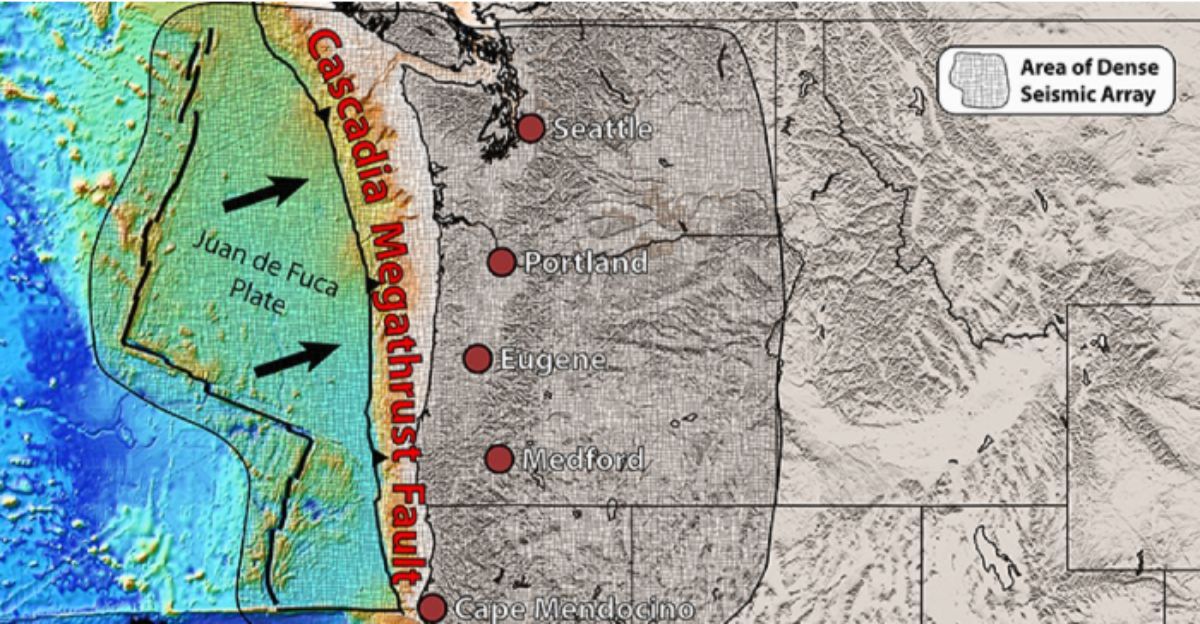
The chain of earthquakes happened along the Cascadia Subduction Zone, a notorious fault stretching from California to British Columbia. Scientists have warned about this fault for years, saying it’s one of the most dangerous in North America.
Big earthquakes have hit this zone every few hundred years, and this recent activity has fueled renewed worries. “The only real certainty is that more shocks will come,” warned Dr. Chris Goldfinger from Oregon State University.
A Day Full of Shocks
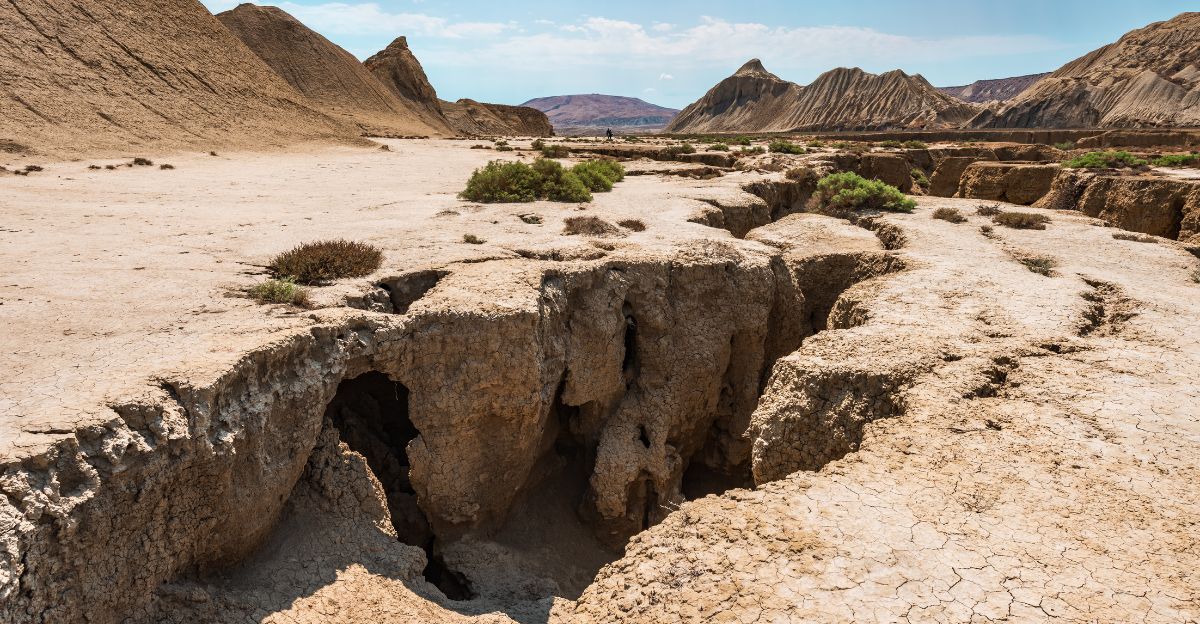
This main earthquake, Oregon’s strongest in several years, led to a wave of more than a dozen earthquakes in just 24 hours. USGS spokesperson Steven Sobieszczyk stated, “At least 12 earthquakes have occurred in this area since Monday night, all clustered offshore within 24 hours.” Most of these aftershocks were smaller but important for scientists watching for deeper problems. The magnitude-5.8 event reached the benchmark for a major regional quake and kept seismologists on alert.
Staying Alert
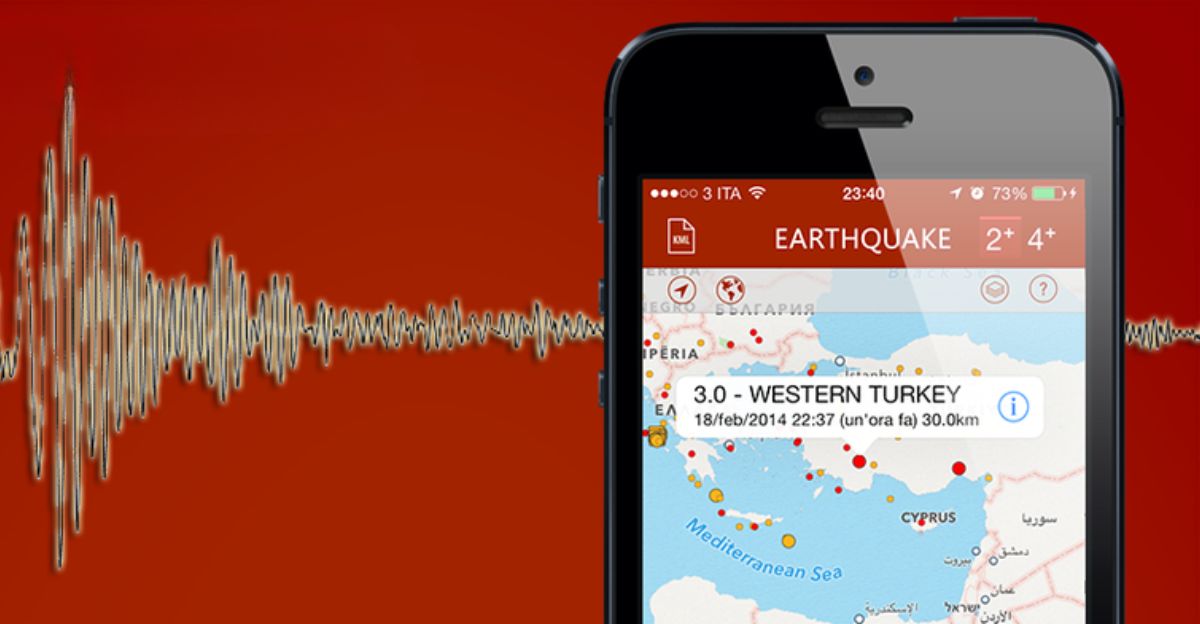
On September 9, many people woke up to ongoing reports of movement beneath the ocean. Most quakes were only caught by machines, but some coastal residents told USGS’s “Did You Feel It?” survey that they felt the shaking. The earthquake served as a real-life drill for emergency alerts and preparedness.
Local leaders praised people for reporting what they saw and reminded everyone, “It’s always better to over-report than to ignore the signs.”
Everyday Stories
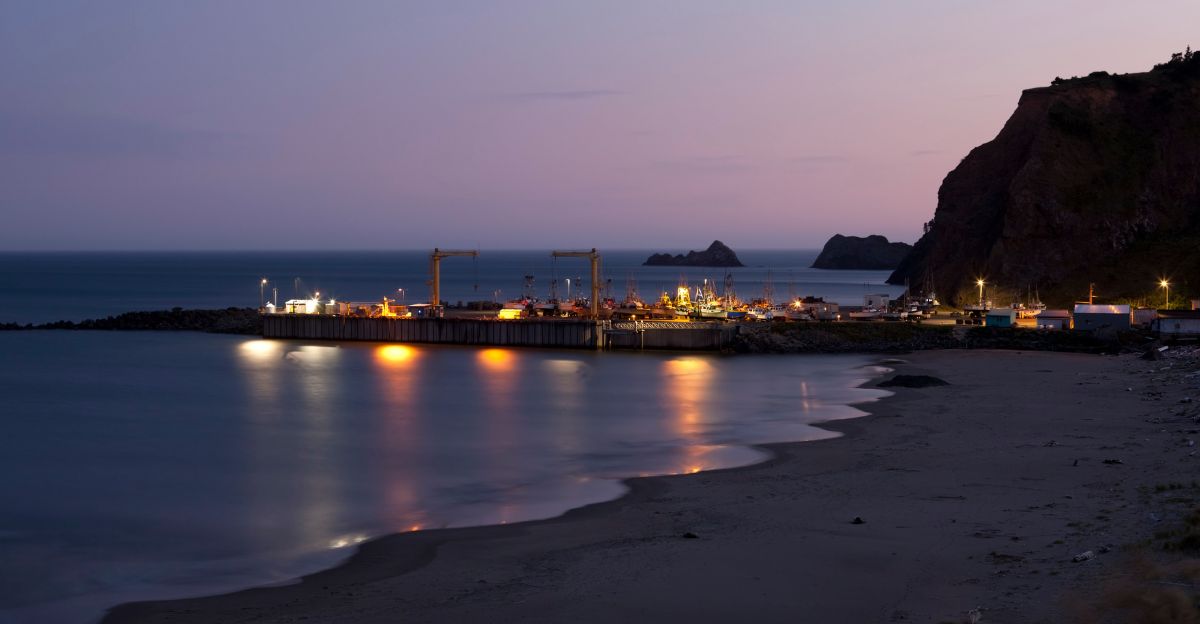
In Port Orford and nearby towns, lots of stories circulated. People felt odd, with pets looking nervous and lights swinging. The vibrations were mild, but families double-checked supplies and gathered with neighbors to talk safety.
Gov. Tina Kotek said, “Every Oregonian should take this as a reminder to prepare.” Experts echoed this, advising that every family make emergency plans and always keep kits ready.
Scientists Speak Out

The earthquake quickly brought scientists’ focus back to how often clusters of earthquakes hit the Pacific coast. New studies say big events along the northern Cascadia Subduction Zone could happen more often than once thought.
“These new results reinforce our concern about major earthquakes; the only real certainty is that more shocks will come,” said Dr. Chris Goldfinger.
No Big Damage, but Big Plans
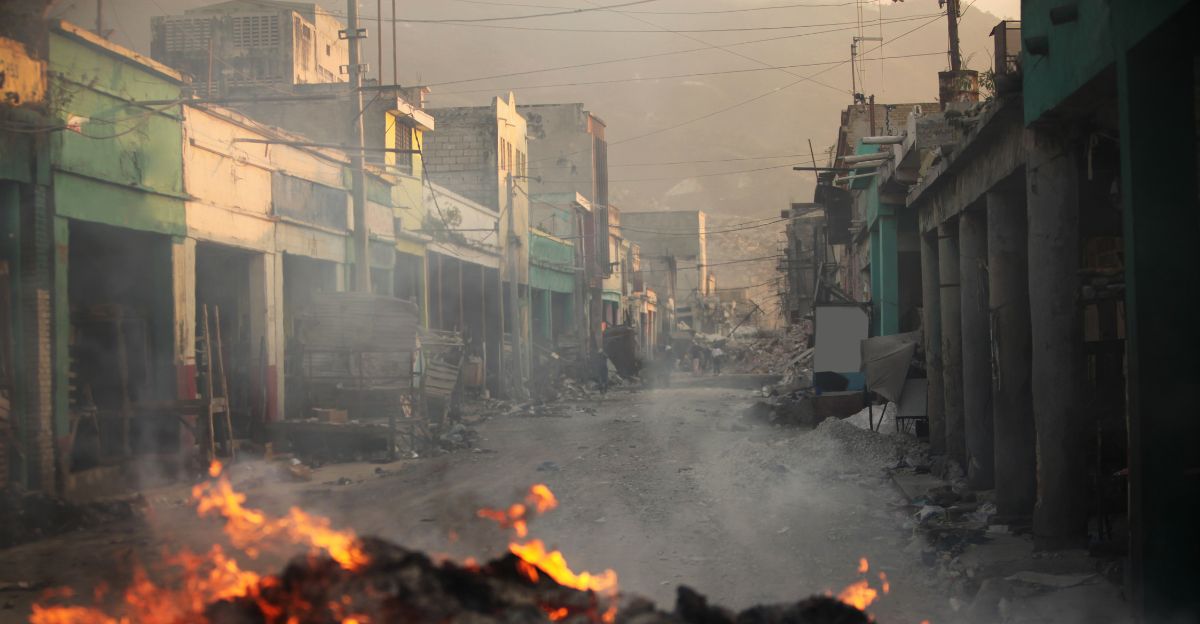
No businesses or homes have reported major quake damage so far, but planners, insurers, and utility managers are on high alert. While insurance claims didn’t jump, experts saw this earthquake series as an early warning for Oregon’s future. Utility companies checked the stability of the power grid, and state agencies discussed getting more federal support.
The event sparked new discussions about disaster insurance, supply chains, and how Oregon compares to quake-ready regions around the world.
Aftershock Questions
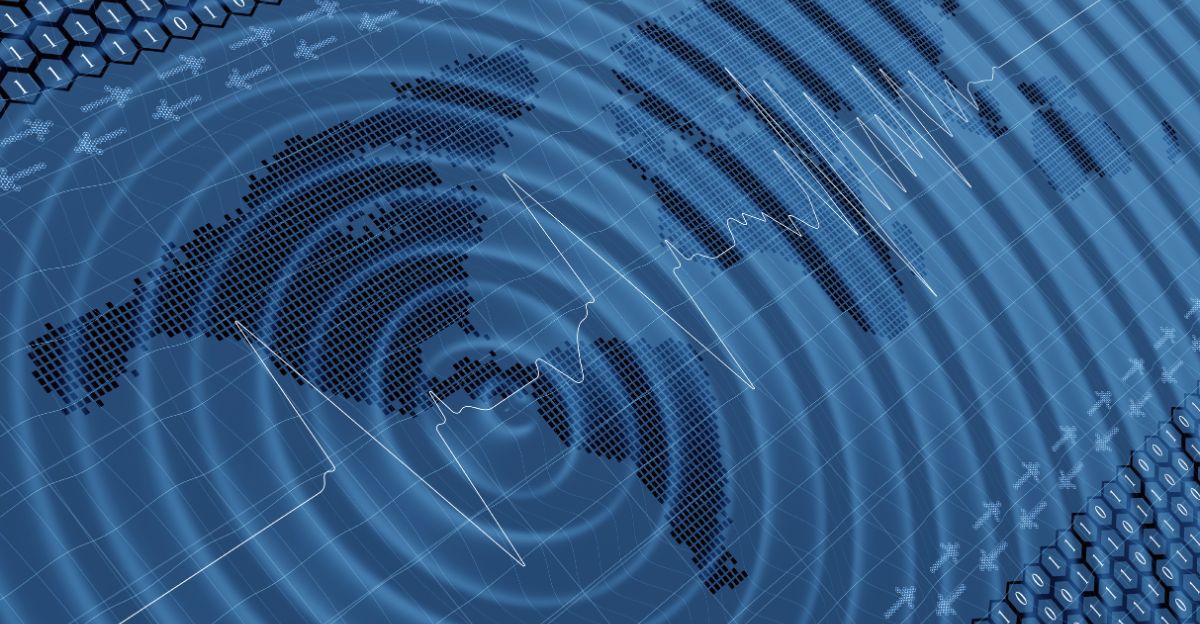
USGS models say the chance of another big earthquake (above magnitude 5) in the next week is less than 1%. But smaller earthquakes might still be felt, especially of magnitude 3 or above.
Scientists say, “Magnitude 3 and higher aftershocks are large enough to be felt nearby,” and urge residents to keep reporting shakes. This helps create better emergency plans and keeps everyone safer.
Community Response

Right after the quake, emergency services teamed up for virtual briefings to map the areas most affected and prepare for future shakes. Real-time seismic data flowed into national networks, helping leaders coordinate.
Groups like FEMA and the Red Cross reminded everyone about shelter options and clear evacuation routes for vulnerable people. Safety guides and preparedness drills were shared to help Oregon families stay safe.
Governor’s Orders

Governor Tina Kotek quickly put new safety rules in place. Any new state building larger than 10,000 square feet needs improved earthquake protection, especially for emergencies. Older state buildings across Oregon must be upgraded by 2060, with a focus on those used by first responders.
Academic experts and safety leaders called the move “proactive and necessary,” setting a higher bar for community protection.
Safe Buildings for All
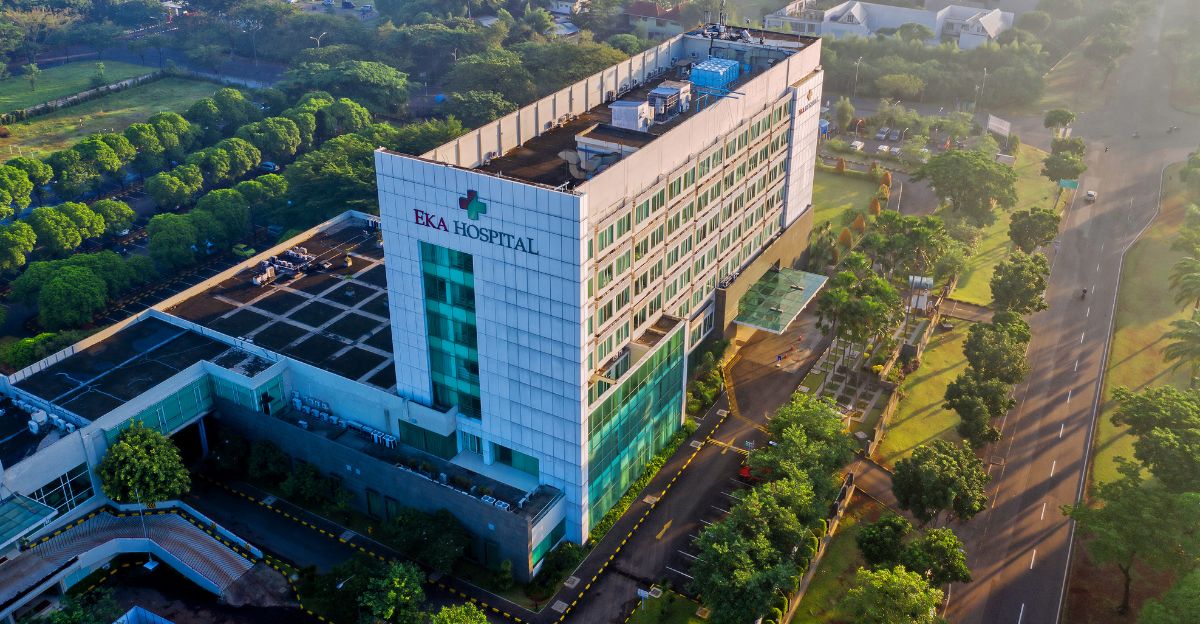
Oregon’s lawmakers are now looking at making more schools, hospitals, and vital infrastructure earthquake-proof. Priscilla Fuentes of the Red Cross said, “Safe, resilient facilities are lifelines. They allow responders to mobilize quickly and coordinate relief efforts.”
Debates on funding continue, but almost everyone agrees: safety should come before budget worries. The state faces tough choices but is determined to get ready for any future quakes.
Behind the Scenes
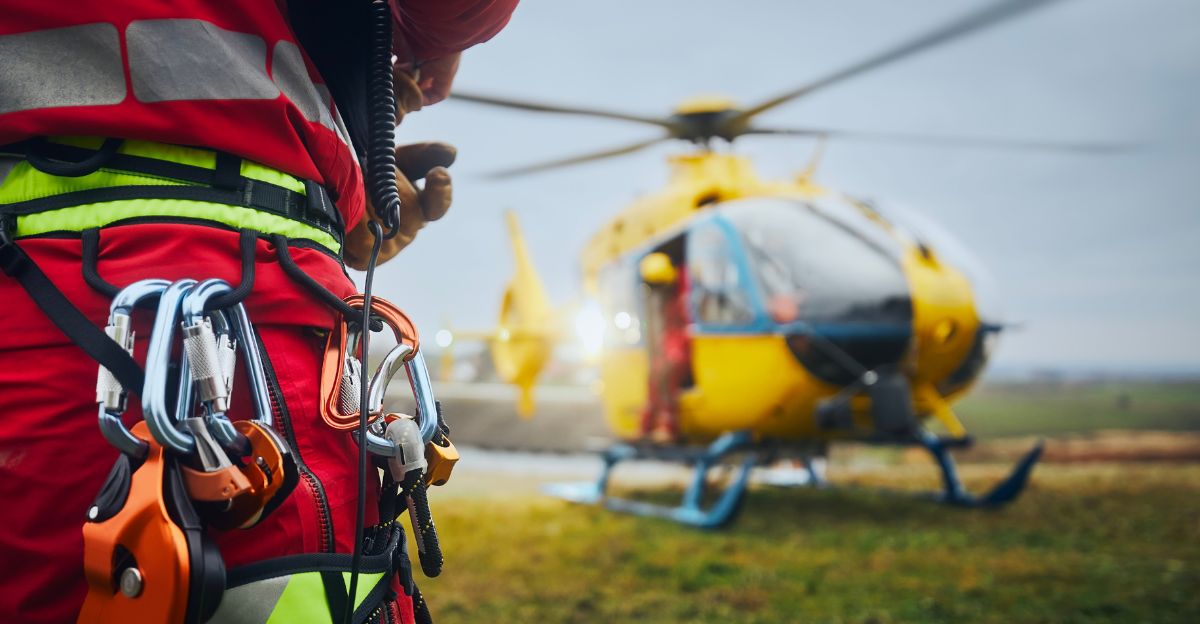
Local emergency teams got technical help from state experts who worked closely with tribal, rural, and city partners. Oregon’s Department of Emergency Management spotlighted its field coordinators, who provide community-specific solutions during emergencies.
Director Erin McMahon explained, “Emergency management is invisible until something goes wrong—then it becomes essential.” The recent quake made these unsung heroes stand out.
Future Planning
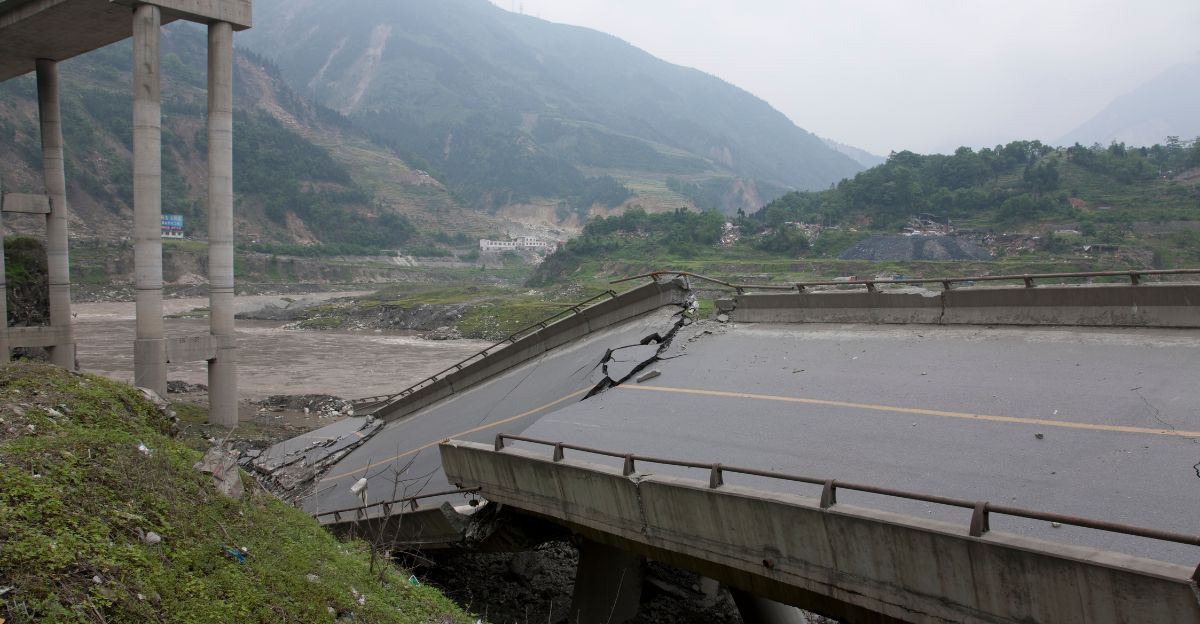
Experts say earthquakes will keep happening in the Pacific Northwest. “The number of aftershocks will decrease over time, but a large aftershock can temporarily increase the total,” say scientists. Leaders are now focusing on outreach and planning for lasting safety.
Budgets and new scientific research are underway, making sure Oregon is always a step ahead. “Preparedness is a marathon, not a sprint”.
Building Back Safer

Lawmakers in Salem are reviewing new building safety laws and possible extensions to private buildings. Engineers and researchers are planning for a worst-case scenario, the Cascadia megaquake. Lawsuits might push for even stricter rules, while university teams show off new monitoring technology.
Changes Across Industries

Engineering firms, utility companies, and city planners are boosting efforts to protect power grids, bridges, and transport routes. Insurance firms are also helping people understand what their coverage includes and doesn’t.
As rules and building codes shift, construction and real estate experts expect the value of “quake-hardened” properties to rise.
Getting the Real Story

After the quake, some social media posts exaggerated what happened, even claiming an 8.0-magnitude event. State agencies and fact-checkers shut down fake stories, reminding people that September’s swarm of quakes was much smaller.
Emergency managers urged, “Verify before sharing—false claims fuel panic.” Trusted information is everyone’s responsibility.
Oregon’s Quake Memories
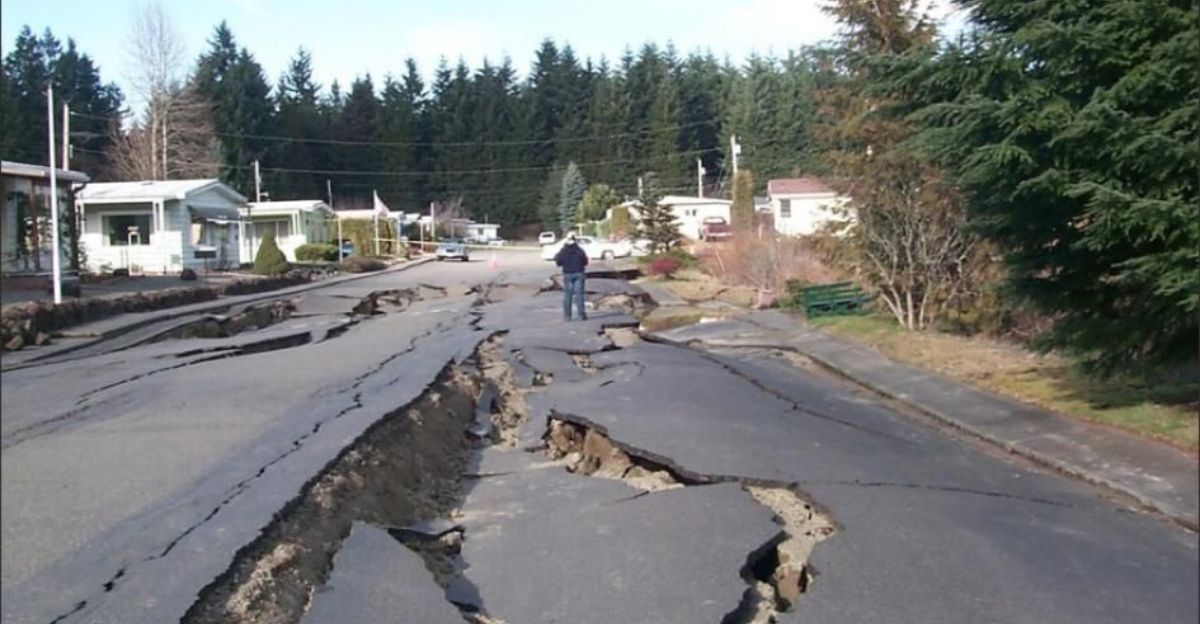
Oregon’s history is full of big earthquakes, from the deadly Scotts Mills event in 1993 to the huge Cascadia Megathrust in 1700, which caused massive tsunamis. Scientists study areas called ghost forests, which are proof of ancient tremors and flooding.
Each quake brings lessons for survival, showing that nature’s schedule is impossible to predict, but a prepared community is always safer.
Oregon’s Wake-Up Call
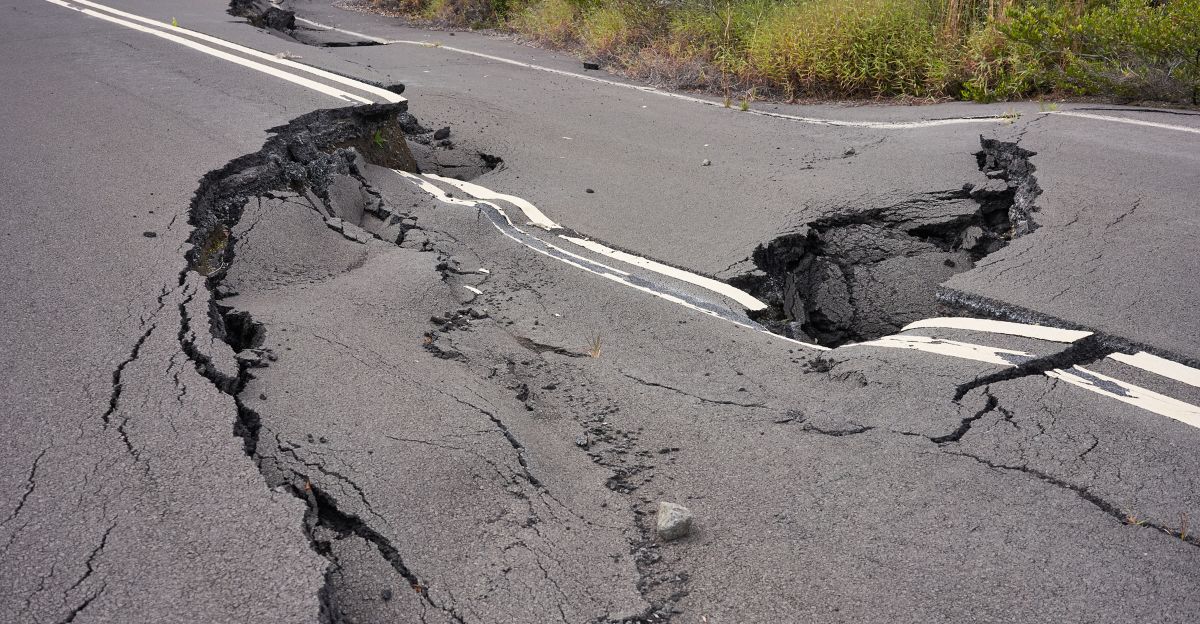
The recent quakes were a loud reminder of Oregon’s risks, helping to spark new laws and greater public awareness. Experts say “Continuity, resilience planning, and public engagement are essential.” Oregon is leading the way in quake preparedness with stronger safety standards, ongoing science, and active communities.
These events prove that being ready, at home, in government, and in business, is the best way to protect everyone in the Pacific Northwest.